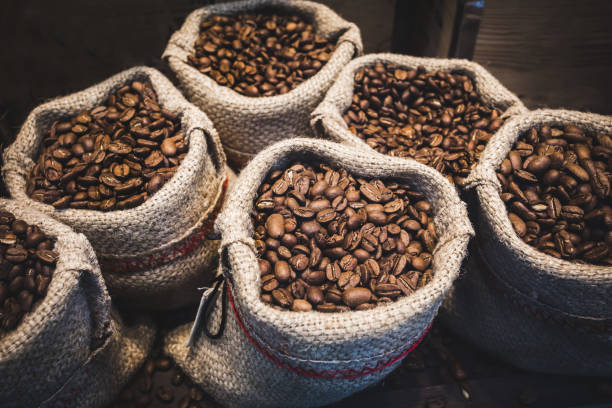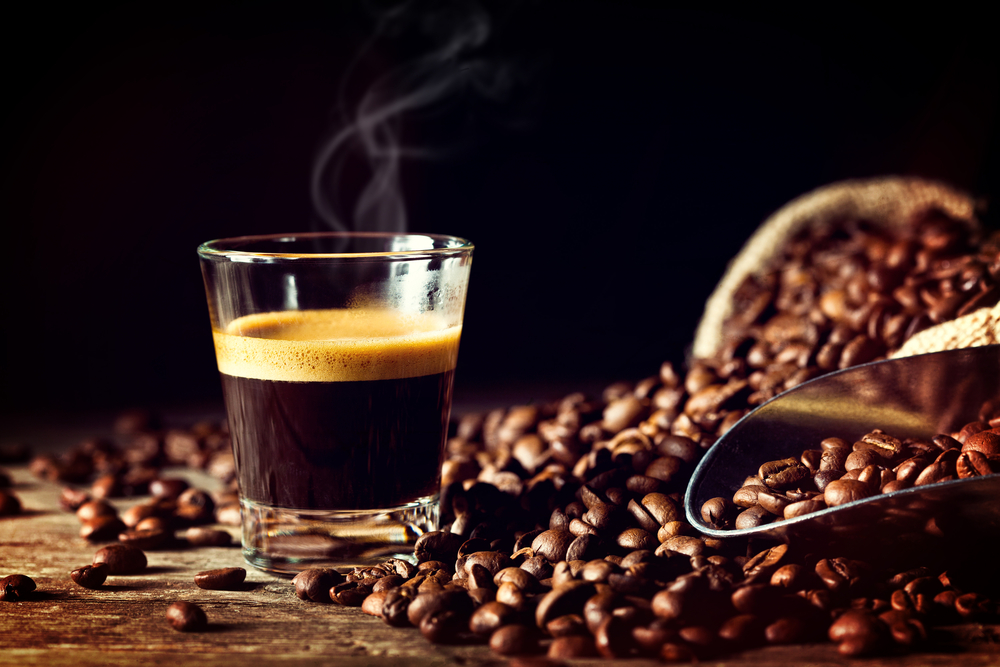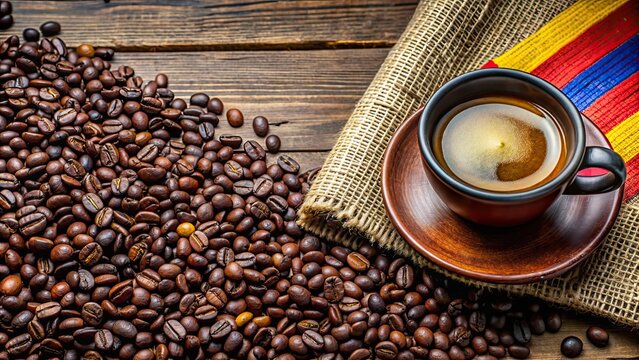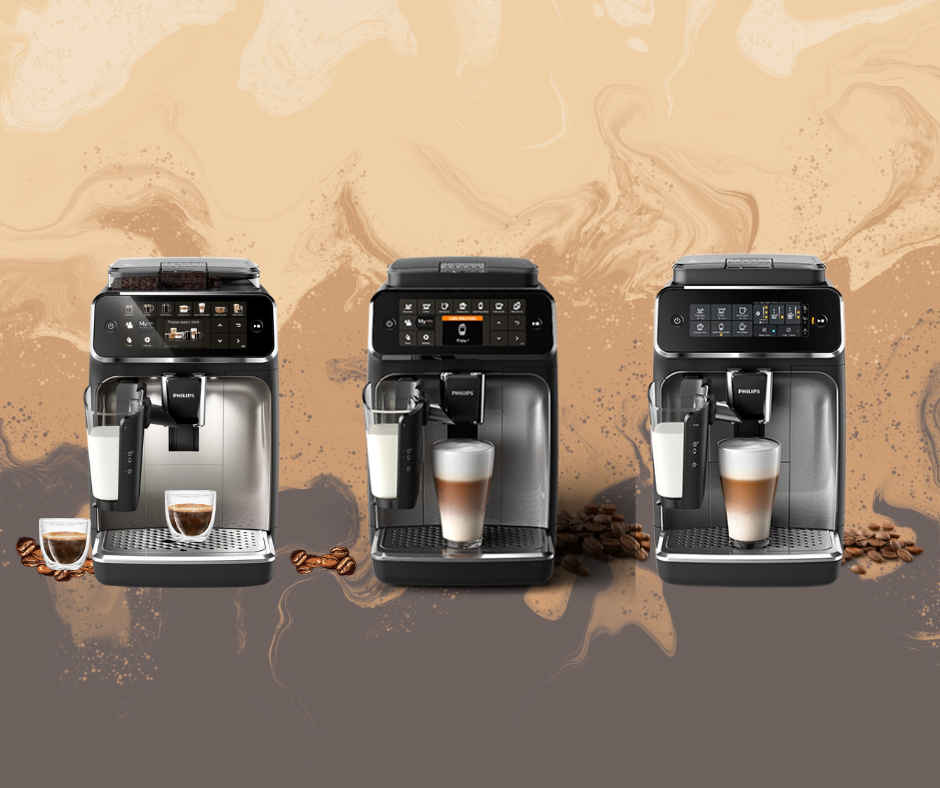Alright, coffee lovers, gather ’round! Ever wondered how that little espresso shots of heaven, packs such a punch? Why it has a fruity flavors and taste so dang different from your regular cuppa? Spoiler alert: it’s not just magic. It’s about pressure, baby!
Dive deep with me into the world of intense flavor notes, all changed and amped up by the power of PRESSURE. Espresso aficionados, this one’s for you! Ready to unravel the espresso taste enigma? Let’s brew this!

What are Espresso Flavor Notes and How Do They Change Under Pressure?
When we talk about “flavor notes,” we’re describing those little hints of extra goodness when you taste espresso coffee. Think dark chocolate, fruit, nuts—the works. As for “espresso,” it’s like the Olympian god of coffee, packed into a small but mighty shot. You ever see one of those tiny cups and think, “Aww, cute!” only to take a sip and find your life forever changed? Yeah, that’s espresso shots.

Now, what happens when you crank up the pressure? Espresso is all about pressure; it’s how we separate the contenders from the pretenders. When you change the pressure during the espresso-making process, you’re basically remixing the flavor. More pressure usually means a richer, fuller taste.
You’re extracting those gorgeous oils and soluble compounds from the coffee grounds like a pro. On the flip side, less pressure might give you a lighter, more nuanced cup. It’s like turning the volume up or down on specific instruments in an orchestra—each adjustment creates a new symphony of flavors lingering taste espresso in your mouth.
How Does Pressure Adjustment Affect the Balance of Your Espresso Shot?
So when you’re meddling with the pressure on your espresso machine, it’s like you’re the conductor of an orchestra—but for your taste buds. The pressure dictates how the espresso coffee’s flavor notes are going to sing to your taste buds. Too high of pressure and you might make those coffee beans scream bitterness. Too low, and you’re missing out on that symphony of sweetness and acidic taste that espresso taste can offer.
Getting the pressure just right is crucial for a well-balanced shot of espresso coffee. The water pushes through the coffee beans, extracting the various compounds that give espresso taste its complexity. And let’s not forget, this is a performance for your buds, a concert of flavors, if you will. So, don’t let ’em down!

High pressure can sometimes lead to over-extraction. That’s when your espresso taste veers into the bitterness zone, like a guitar solo that’s gone on way too long. And trust me, your taste buds will know something’s off.
On the flip side, low pressure tends to under-extract the coffee beans, leaving you with a shot that lacks the full spectrum of quality espresso taste. It’s like listening to a song but missing the bass—you will notice that something crucial is missing.
Your taste buds crave that ideal espresso taste that comes from the perfect balance between acidity, sweetness, and bitterness. And achieving that means dialing in the pressure to get the most harmonious extraction from those coffee beans.
Why Flavor Notes and Espresso Under Pressure is Mind-Blowing
If espresso is already a symphony of flavors, then pressure is the conductor wielding the baton. Here’s why you should give a shot (pun intended):
- Flavor Variety: Understanding pressure’s role can lead to a whole new world of flavor profiles. It’s like having a coffee passport to different countries without leaving your kitchen.
- Ultimate Control: If you’re the kind of person who likes things ‘just so,’ messing with pressure levels lets you tailor your espresso shots like a bespoke suit.
- Become the Coffee Guru: Unlocking the secrets of pressure means you can impress your friends, family, or anyone else who’s coffee-curious. You’ll be the Dumbledore of espresso, full of wisdom and mystery.
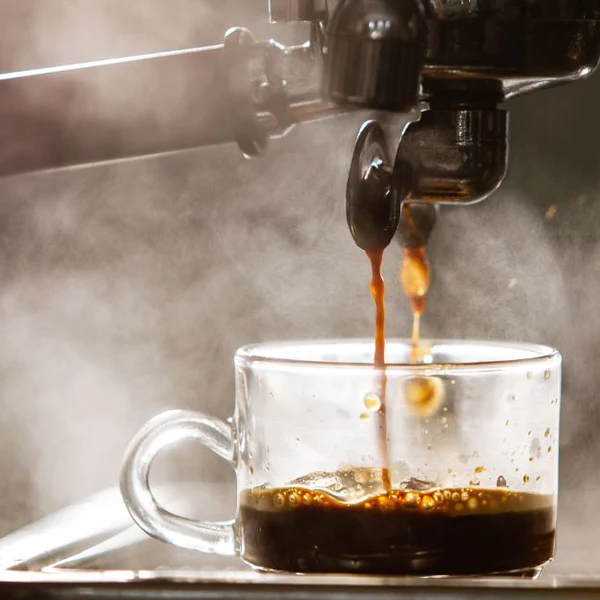
Key Components of Flavor Notes and Espresso
Under Pressure
Alright, let’s talk brass tacks. What are the actual elements we’re dealing with when we discuss flavor notes and pressure in the world of espresso?
- Extraction Time: This is the number of seconds it takes to pull that shot. Too long and it’s over extraction; too short, and it’s under extraction. The sweet spot? That’s where pressure comes in to help you get it just right.
- Grind Size: Yep, the size of your coffee grounds matters. Finer grounds need less pressure, while coarser grounds need more. Again, it’s all about finding that balance for the perfect shot.
- Water Temperature: Too hot and you’ll burn the coffee, too cool and you won’t extract enough flavor. Like Goldilocks, we want it “just right,” and pressure plays a role in making sure we get there.
- Crema: That golden froth on top of your espresso shot? That’s crema, and its quality is a direct result of—you guessed it—pressure.
- Flavor Complexity: Whether you like nutty, fruity, velvety texture or chocolaty notes, the pressure is the backstage tech crew that makes sure each “actor” plays their part to perfection.
This ain’t a “how-to guide,” but think of these features as the supporting cast that sets the stage for your espresso masterpiece. Get to know them well, and you’ll elevate your espresso game from “eh” to good final impression.
Why Do We Need to Know How Flavor Notes and Espresso Changes Under Pressure
Ah, the million-dollar—or should I say, specialty-grade—question! So, you’re wondering why you should care how pressure affects the acidic taste and flavor notes in your espresso? Well, here’s the thing: life is too short for mediocre coffee, my friend.
- Unleash the Full Potential of Your Beans: Coffee beans are like snowflakes—no two are exactly the same. Each has its own unique set of flavors just waiting to be unlocked. Understanding how pressure affects those flavor notes lets you tap into the bean’s full potential. It’s like having the cheat codes to your coffee game!
- Master the Art of Espresso: Anyone can make an ‘okay’ cup of espresso. But how to make it taste espresso and how to make a great one? That requires knowledge and technique. The more you understand about the variables at play, including pressure, the closer you get to that elusive perfect shot.
- Elevate Your Coffee Experience: This isn’t just about quenching your caffeine thirst; it’s about elevating your coffee experience to something that’s truly memorable. Every sip becomes a story, every aroma a character. You’re not just consuming coffee; you’re savoring a narrative in a cup.
- Impress Your Friends and Family: Let’s be real, who doesn’t want to be known as the local coffee aficionado? Master the nuances of pressure and flavor notes, and you’ll be the go-to guru for all things caffeinated.

It’s not just about drinking coffee; it’s about understanding it, appreciating it, and ultimately, making it a richer part of your life base on your personal preference.
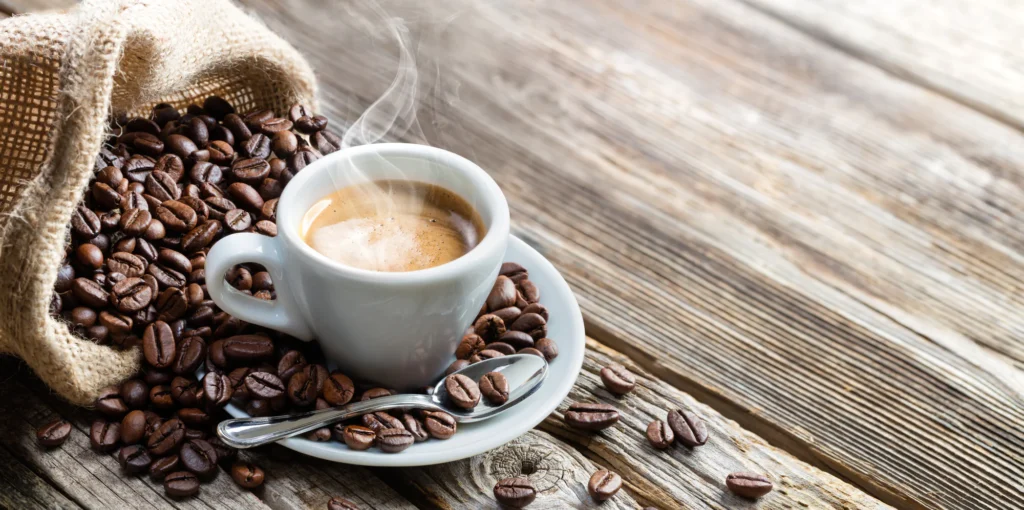
Potential Downsides of Flavor Notes and Espresso Under Pressure
Okay, let’s take off the rose-colored glasses for a sec. Mastering pressure in espresso isn’t all rainbows and unicorns. There are a few watch out in the brewing process to consider:
- Equipment Costs: If you’re going all-in on this espresso adventure, be prepared to shell out for a machine that lets you control pressure settings. You can’t fine-tune a relic from the ’90s and expect modern art.
- Time Commitment: We’re talking about a skill, not a button you push. It’ll take some trial and error—potentially a lot—to get your shots perfect. Your time’s valuable, so consider if you want to invest it here.
- Wasted Beans: Mistakes mean mulligans, and mulligans mean you’re grinding through your coffee stash quicker than expected. Unless you’ve got a coffee bean tree in the backyard, the costs can add up.
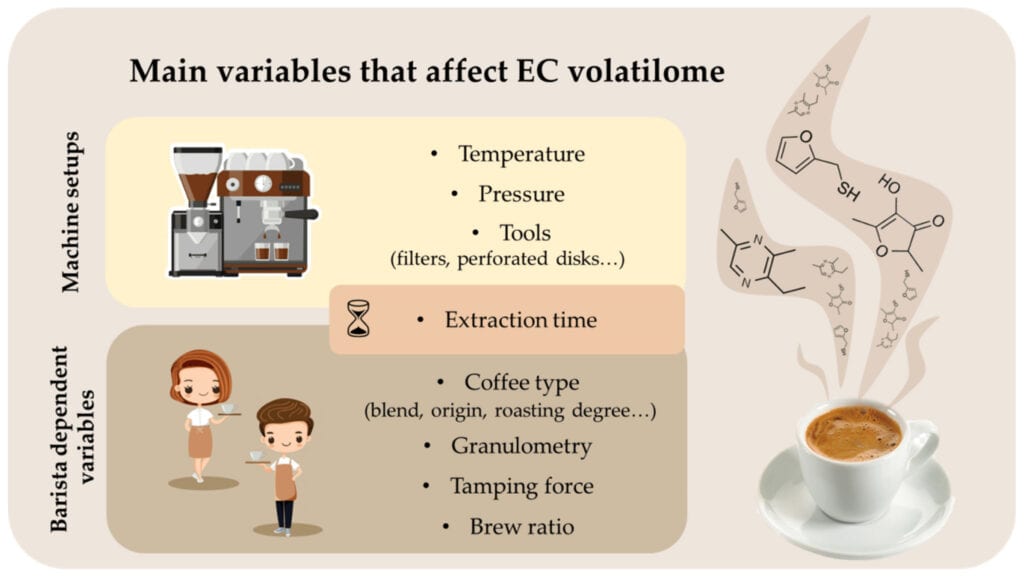
Expert Tips on Maximizing Flavor Notes and Espresso Under Pressure
Ready to channel your inner barista and rock the espresso world? Buckle up, because I’ve got some pro tips to make sure your espresso shot are the toast of the coffee town.
Tweak One Variable at a Time
If you’re playing around with pressure, stick to changing just that. Don’t simultaneously mess with grind size, temperature, and pressure, or you won’t know what’s causing the flavor fiesta—or fiasco—in your cup.
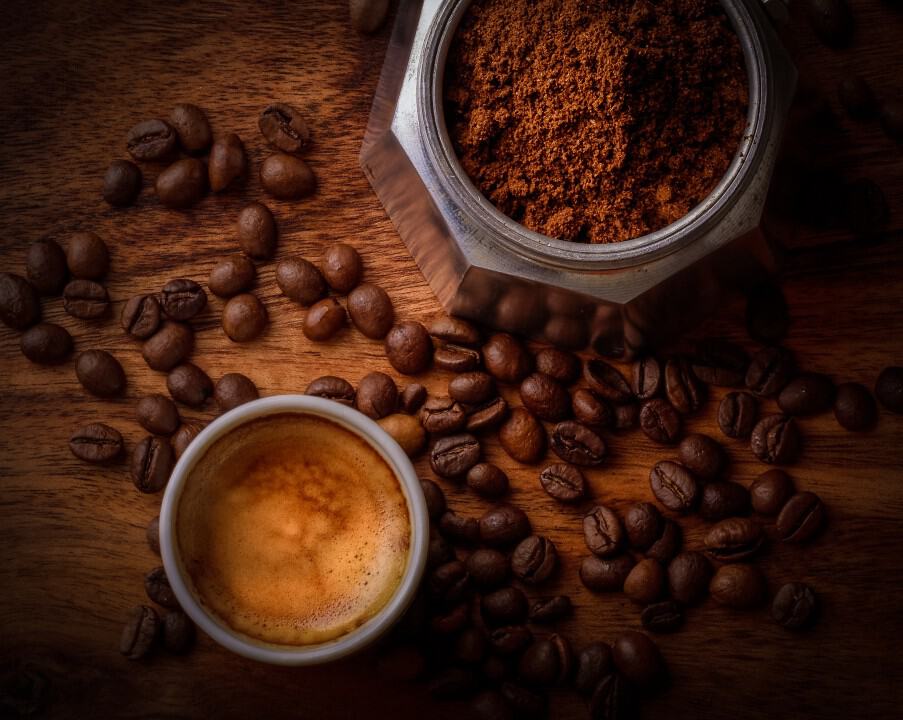
Use Fresh, Quality Beans
Listen, even the perfect pressure can’t turn crummy beans into an espresso shot that tastes like heaven. Choose your coffee beans like you’re choosing a soulmate: thoughtfully, meticulously, and with that sprinkle of dark chocolate-level sophistication.

Dial In Your Grinder
Get intimate with your grinder settings. Knowing the coarseness you need for the pressure you’re applying is key to pulling that perfect espresso shot. And please, for the love of all that’s holy, grind just before you brew. Freshness matters.

Advanced Insights into Flavor Notes and Espresso Under Pressure
Alright, you espresso Einstein, you’re already brewing shots that make angels sing. Now, what? Well, there are some next-level maneuvers that can make your espresso transcend mortal bounds.
Pressure Profiling
This is where you adjust the pressure during the brewing process or extraction. Starting low can highlight acidity, while ending high can bring out sweetness. Advanced machines have this feature, and it’s like adding color to a black and white film.
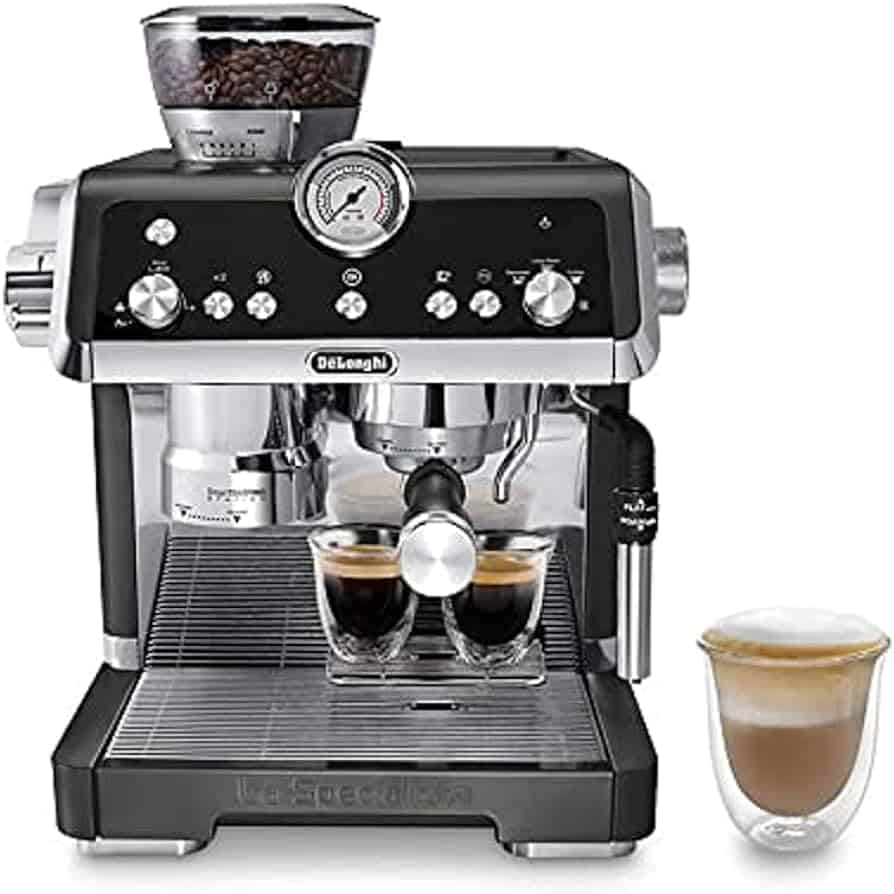
Water Chemistry
Never overlook the H2O factor when pulling that espresso shot. Using water with varying mineral content can be a game-changer for your quality espresso, highlighting different flavor notes like a spotlight on a stage. Experiment with filtered and unfiltered water.
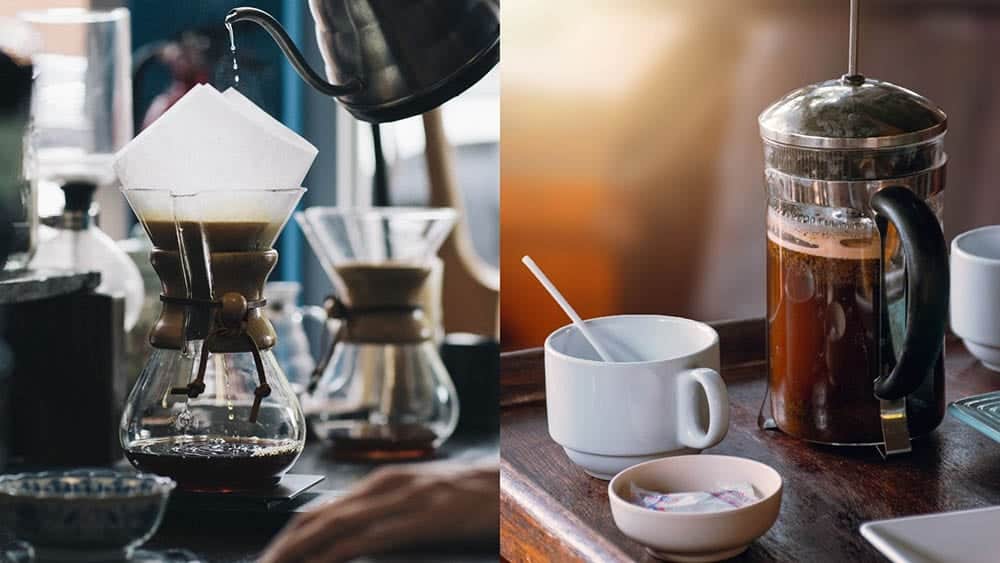
Seasonal Beans
Using beans harvested in different seasons can yield different espresso taste flavor profiles. With the right pressure settings, and roast level you can create the perfect espresso shot that’s more floral or fruity notes and has more delicate tasting notes.

Think of these fancy tips as the espresso shot in your coffee of knowledge. You don’t have to add roasted coffee beans or describe how that espresso shot tastes, but doing so could turn your regular response into something as bold as a freshly brewed cup of joe!
Final Thoughts
Phew, what a ride, huh? We’ve broken down the science, fiddled with the knobs, and maybe—just maybe—had a life-altering shot or two. Bottom line: Understanding how pressure affects espresso taste, flavor notes in espresso isn’t just coffee nerd territory; it’s the domain of anyone who seriously loves a quality cup.
My two cents? Mastering pressure is like learning to play a musical instrument. Sure, it takes time, practice, and a little bit of natural talent. But once you’ve got it? Oh boy, you’re not just making music; you’re composing symphonies in every cup.
So go ahead, be the mad scientist/barista hybrid you were born to be. Experiment, taste, adjust, repeat. Your perfect shot is out there waiting for you to brew it into existence.

